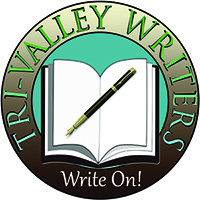
I bragged about writing in the dark-waking up at night and scribbling a few notes without turning on the light. Then I thought about other images that phrase conjures.
Pushing myself through the writers block of the late afternoon, I struggle for the perfect ending to my story. The final paragraphs shimmer in my imagination, waiting for my fingers to catch up with my thoughts. The sun slips behind the hills, and my writing corner becomes a cave. The phone rings, I glance at the clock and realize it’s time to start dinner. The final paragraphs of my story fade away without a trace. I am alone in the dark.
Here’s the existential version of writing in the dark. I sit at the computer, fingers hovering over the keys. My protagonist waits for my direction. No, that isn’t true. My protagonist fiercely avoids my direction, but won’t tell me what she wants to do. My vision dims; she fights harder. We are both in the dark.
Don’t forget the challenge version of writing in the dark from contests with themes, or opening lines, or word counts so strict you wonder if it’s a typographical error. No matter how confident I am when I sign up for those challenges, there’s always one day where I wonder what on earth I was thinking when I said yes. I sit in front of the blank screen, typing and backspacing. When the deadline is upon me, I gather up my collection of random keystrokes and hit the send button. Don’t ask me later what my story was about. I have no memory of it; I am in the dark.
At least the simple version of writing in the dark-scribbling a few words on a pad of paper without lights-still works.
